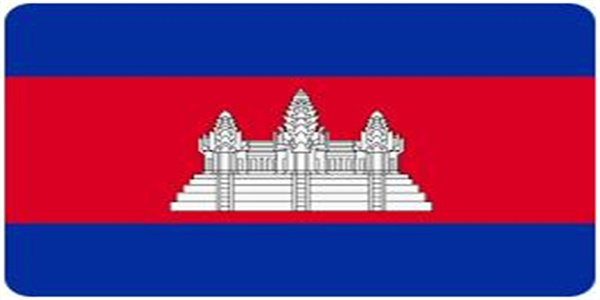Common types of ecological bags are black and green. In terms of material, green bags are more expensive. The price is typically determined by the gram weight. If the specification you need is not listed above, you can select other and provide details in the remarks section.
Ecological bags are made from polypropylene (PP) or polyester fiber (PET), processed into double-sided heat-pressed nonwoven fabric. The ecological bags are strictly selected based on thickness, unit weight, physical and mechanical properties, appearance, fiber type, force application method, direction, geometric size, permeability, and equivalent pore diameter to meet plant growth requirements. They feature UV resistance, anti-aging, non-toxic properties, are non-flammable, and the tear does not extend, ensuring zero pollution. These bags are primarily used in constructing flexible ecological slopes for landscaping.
Ecological bags have excellent physical and chemical properties. This specially formulated material can resist UV degradation, is unaffected by chemicals in the soil, and will not undergo qualitative changes or rot. It is permanently non-degradable, resistant to insect damage, aging, and acidic and alkaline salt erosion, as well as microbial decomposition. It only allows water to pass through, not soil, making it plant-friendly and suitable for vegetation greening. As the latest slope component material, it offers the following environmental advantages:
While fully considering the requirements from disciplines such as material mechanics, hydrology, biology, and botany, the thickness, unit weight, physical and mechanical properties, appearance, fiber type, force application method, direction, geometric size, permeability, and equivalent pore diameter to meet plant growth were strictly selected. The bags are UV-resistant, anti-aging, non-toxic, non-combustible, and tear-resistant, achieving zero pollution.
Ecological bags feature targeted water-permeability without soil permeability, preventing the loss of filling materials (soil and nutrient mixtures), and ensuring the normal exchange of moisture in the soil. This effectively retains and replenishes the moisture required for plant growth, making it plant-friendly. Plants grow freely through the bag material. The roots penetrate into the underlying soil, and like numerous anchor rods, they further stabilize the connection between the bag and the foundation, becoming more secure over time. This process contributes to the construction of stable, permanent slopes and significantly reduces maintenance costs.
Ecological bags with special functional requirements are essential for the stability of flexible slope structures. To explain using equivalent pore diameter:
- Too large pore diameter (thin material):
- When bagged material is washed away by rain or flowing water, a large amount of it will be lost, drastically reducing its unit weight, which will cause significant changes in the mechanical design value and disrupt the structural integrity.
- The bagged material is highly susceptible to washing away by water, leading to significant displacement and settlement beyond its natural range, resulting in collapse.
- Too small pore diameter (thick material):
- It will hinder plant growth and root extension, severely affecting the stability of the flexible slope structure.
- Under certain specifications, the weight of the bagged material is fixed in the design of the flexible slope. If the pore diameter is too small, its permeability will be reduced. When large amounts of water infiltrate, the unit weight increases significantly, increasing the design value of the structural load, causing deformation and collapse.
- The increase in hydrostatic pressure on the slope will lead to the collapse of the slope body.






 " />
" />